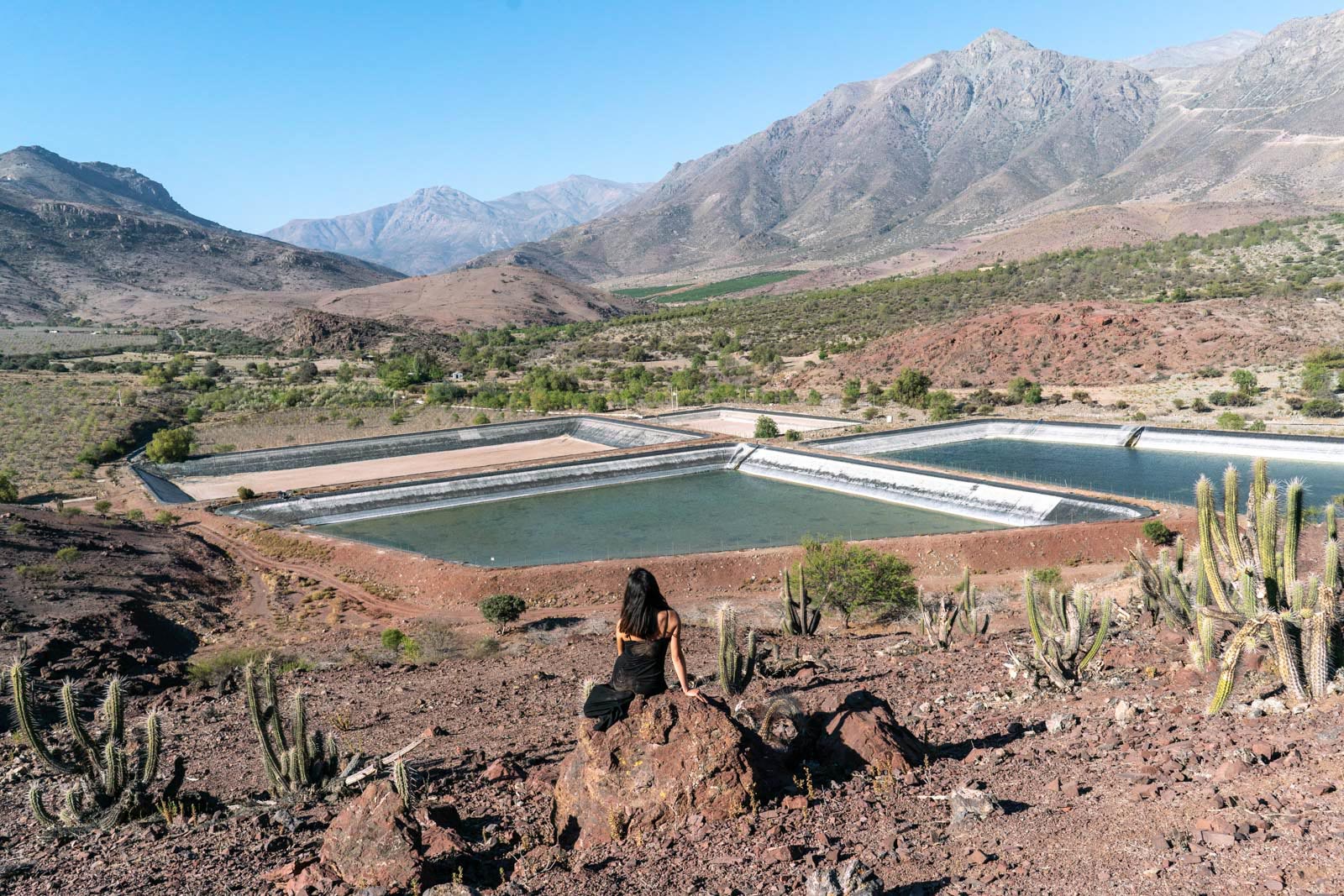In 2022, photographer Karl Mancini, in collaboration with the Pulitzer Center, documented the human and environmental costs of the açaí palm monoculture in Brazil. Mancini's full report, shown below, was published in Italian on Internazionale's website.
During the harvest season, from June to November, thousands of Brazilians climb the açaí palms with a knife in hand and fabric ropes at their feet to help them climb. In recent years, the purple berries produced by the plant have become highly sought after on the international market, thanks to advertising campaigns that attribute health-promoting properties to them. After the harvest they are pitted, crushed, reduced to powder or juice, and then sold to producers and distributors who use them for beverages, foods, cosmetics, and supplements.
In the Brazilian state of Parà, which is the largest national consumer and also the largest world exporter of açaí berries, the growth in demand has led to an increase in monocultures — from 77,000 to 188,000 hectares in the last 10 years — and the resulting loss of biodiversity.
"Foreign companies want to grab the monopoly because they are able to resell the products in the United States and Europe at much higher prices, making huge profits," explains photographer Karl Mancini, who in 2022 documented the social and environmental costs associated with the production of açaí berries, in collaboration with the Pulitzer Center in Washington, D.C. According to data provided by the federation of industries of the state of Parà, in a decade the tons of this fruit exported have increased from 40 to almost 6,000 in 2021.
"The consequences fall mainly on local workers, called pecoñeiros, who earn very little despite the work being exhausting and exposing them to serious risks, including mutilation, disability, and fatal accidents caused by falls, Mancini adds.
The most sought-after pickers are above all children between the ages of 8 and 9. Their small, light bodies allow them to better climb the slender trunk of palm trees, which can reach up to 25 meters in height. Although they have been neighbors in the region for decades, local people do not own these lands and could be forced out of the state at any time. Furthermore, they are unable to compete with exporting companies due to the time and means of transport required for production. The fruit decomposes quickly, so it must be eaten the same day or processed and frozen to be exported within a couple of days.
"In Brazil, the açaí monocultures are yet another example of how environmental and economic neocolonialism is contributing significantly to the climate crisis, causing irreversible damage to the country's ecosystems, with serious consequences for the population," Mancini says.









